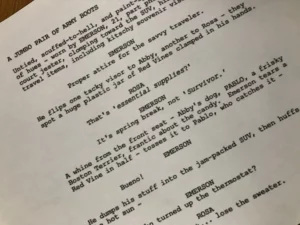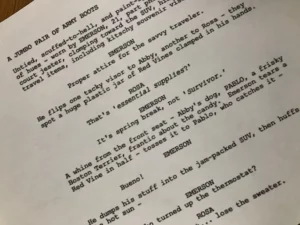“Unlocking the Hidden Signals: 7 Subtle Behaviors That Reveal Your Observant Nature”
Have you ever found yourself in a conversation and suddenly realized your friend isn’t quite as cheerful as they claim to be? Maybe their smile seems to lack a little sparkle, or their eyes hold a flicker of sadness. It’s fascinating how much we can learn about each other, often without a single word being uttered. If you’ve ever felt like a human lie detector, picking up on those subtle cues like a body language whisperer, you might be more observant than you realize! Research from the University of Texas Permian Basin suggests that non-verbal cues often communicate far more than the words we say. So, what does it mean if you have a knack for noticing these telltale signs? Stay tuned as we dive into the seven key behaviors that reveal your keen level of observation—trust me, it’s a deeper skill than most give it credit for. Curious to learn more? Let’s get started! LEARN MOREHave you ever noticed the way someone shifts their body when they’re uncomfortable, or how their tone changes when they’re holding something back?












